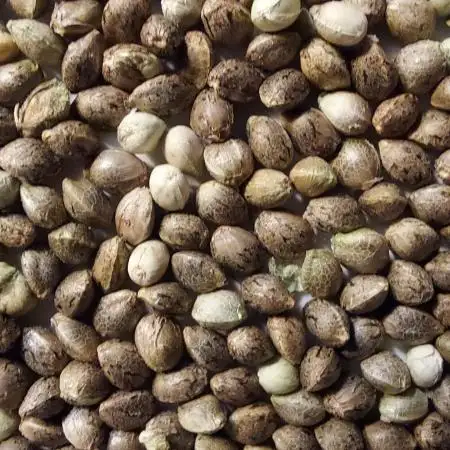The Grow Awards 2026 🏆
Run off ppm 4500
Mastrstarted grow question 1y ago
Hi guys I got 2 tropicana cookies both are very healthy and no issues but run off ppm was 5500 last week so I give them 1 week only water but still ppm 4500 on run off so guys what shall I do keep feeding or just water?also they grow in soil and perlite
Open
Week 9 likes
Answer
Stephanmackie82answered grow question 1y ago
Your pen needs to be replaced or recalibrated. As mentioned above man, your plants would be suffering hugely if your pen was right. Recalibrate or toss it on the trash and get you a bluelab pen. 👊🏼 muscle
likes
Complain
Todzillaanswered grow question 1y ago
likes
Complain
00110001001001111Oanswered grow question 1y ago
Definitely an example of why this sort of testing is as much art as science and you need a good baseline before the data is useful to anyone. In this case you'dknow the value is astronomical relative to plant h ealth and ignore or re-do the measurement.
The timing matters. early in runoff will be higher than late in runoff.
if you have a lot of ongoing recurring issues or doing something new, it's not a bad habit to have. if you run smooth grows, spot checking is enough.
I do soiless and religious about 10% runoff. I have properly ph-balanced nutrients. I used to check and then spot check the first year or 2 of growing. I stopped doing it and in 5+ years never had a pH drift problem or a runaway EC. Doing things the "right" way avoids it. What i put in is not what i expect the reading to be. I expect it to be consistent -- the resulting equilibrium of my fertilizer mix over time. As long as the 10% runoff is relgiious, it won't drift. Again, i do not expect it to be exactly what i put in.
In soil it's not so cut and dry, so you may have a greater need to keep track of this stuff, but form a baseline of "normal". Don't expect it to be what you put into the soil.
The only way to use such runoff testing is to know what "normal" looks like when your plants are supremely healthy and rocking out. that's the runoff values you want to maintain. This stuff can somtimes takes months to show a problem, so have a long memory when you set this baseline. From then on anything deviating too much is a problem.
1 like
Complain
BerrySweetHighanswered grow question 1y ago
Hello Mastr, the plant does look healthy and with those numbers it would not. I would not flush or change anything because the plant does look healthy. Keep giving it the same amounts as you did before and only water in between. She does look great with beautiful buds upcomming!
likes
Complain
m0useanswered grow question 1y ago
Plants are looking lush, Soil can hold a lot of stuff in it with out burning but a runoff of 5500-4500PPM or an EC of 11-9 on 500PPM scale is fucking bonkers. My pen maxes out at 2000PPM or 4EC and uses a 500PPM scale. Some other pens use 650 or 700.
This levels of PPM should be burning them to a crisp. So something is not adding up. It might be just concentrated at the base of the pot and like others have suggested its a false reading and not reflective of the whole substrate.
With soil I tent not to water with any runoff but I grow with dry amendments and they will wash out with runoff. Growing with liquid fertilizers some runoff is required. Soil also tends to be more compact and watering to runoff can sometimes lead to overwatering and root rot, its why lots of extra perlite is needed.
Given you are able to get some runoff with out issues I would try and give it a bit more water and collect the runoff in a different clean plan. then test it again. also get runoff from the start of it dripping and the end of it dripping separately and see the difference. if it is dropping rapidly then its just a small buildup and need a bit more water to reach an ideal level, Ideally you should be getting about 10-20% pots volume in runoff with using liquid feed. the aftermath can be use outdoors in the garden diluted or down the drain. I don't like to waste so I put it outdoors.
Good Luck!
likes
Complain
Scrubbyjimbobanswered grow question 1y ago
That sounds crazy high, are you sure salt buildup in your drip trays aren't pushing those numbers a bit higher? Judging runoff out of soil isn't as clear as soilless substrates, it could just be other microbial growth that's actually beneficial. Trust your eyes. If the plants are loving it then I wouldn't worry.
1 like
Complain
















